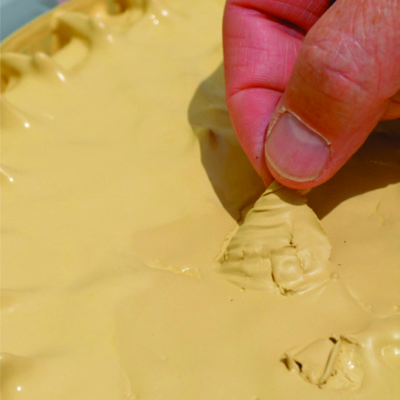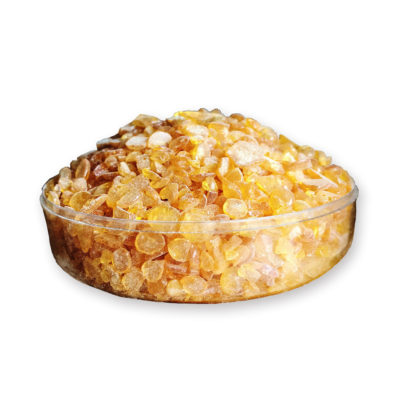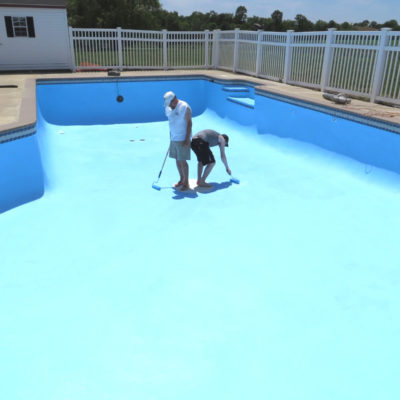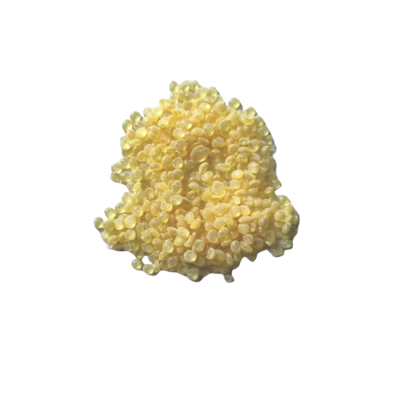Polygloss 90 is an economical extender designed to enable formulators to reduce titanium dioxide load. Polygloss 90 is used in paints and inks to extend pigment and as a partial replacement for the resin component. Polygloss 90 specialty Kaolin contributes to improved opacity through efficient TiO2 spacing.
Polygloss 90 can be loaded to higher PVC values than standard extender pigment, without decreasing gloss and with minimal effect on viscosity.
The plate-like morphology and narrow particle size distribution of Polygloss 90 minimize agglomeration for reduced TiO2 loading levels while still meeting gloss targets.
Polygloss 90 features ultrafine particle sizes and brightness levels that make it simple to disperse in both water-borne coatings and solvent-borne inks, as well as coatings made using solvent borne processes.
Polygloss 90 is an ultra fine and high brightness kaolin designed to facilitate ease of dispersion and improve gloss in both aqueous and solvent-borne paint formulations. With higher PVC values than traditional extender pigments, Polygloss 90 extends paints without negatively impacting viscosity.
Polygloss pigment is easily dispersed in water- and solvent-borne coatings and inks for improved opacity through effective titanium dioxide spacing, while still supporting higher PVC values than standard extender pigments without diminishing gloss or viscosity.
Paint and Ink Industry
Opacity in paints and inks depends upon particle size, shape, concentration of ingredients and additives, as well as any processing techniques applied during production.
Particle Technology Labs offers various analytical services designed to assist manufacturers better understand how their product performs – these services are beneficial to everyone from raw material suppliers to formulation chemists – helping producers produce high quality paints and inks.
Kaolin finds widespread use in the paint industry due to its high specific gravity, smooth particle size distribution and ability to resist water penetration.
Kaolin can typically be processed through crushing, grinding, degrit system 202 flotation ozonation, magnetic separation and heat treatment. Ozonation is an oxidative bleaching method which uses ozone molecules to oxidize organic discolorants present in the kaolin before their reversible condensation with water molecules takes place and destroys them permanently.
Ultrafine hydrous kaolin of the present invention features a surface area comparable to titanium dioxide (TiO2). As such, it serves both as an extender and specifically as a spacer of TiO2, offering desired spacing of dispersed Titania particles/agglomerates as well as optimizing exposure of pigment surfaces to light for improved opacity.
Esaar International Pvt Ltd has Polygloss 90 by KaMin LLC (USA) in ready stock.











Leave a Reply